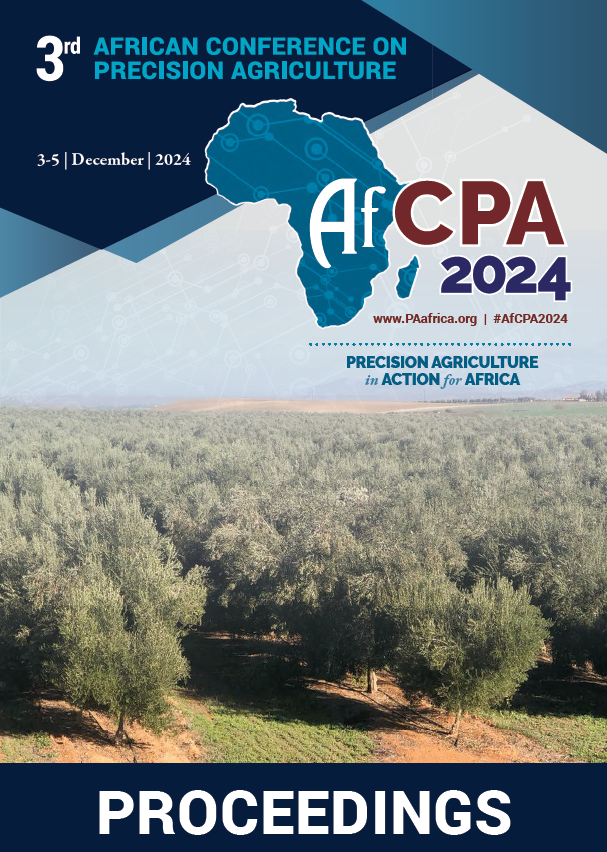Download the Conference Proceedings
Proceedings
Authors
| Filter results5 paper(s) found. |
|---|
1. Deep Learning is bringing pan-African small holder advisory services based on mid-infrared spectroscopic soil analysis to the next levelThe majority of African smallholder farmers do not have access to soil analytical services. The main reasons are relatively high costs of wet chemical services and difficult logistics. As a result they have to rely on blanket fertilizer recommendations. This often causes poor soil management due to very heterogeneous soil conditions. As a result, the return on investment from blanket fertilizer recommendations is low and fertilizer acceptance is not growing among smallholder farmers. Soil spectral... T. Terhoeven-urselmans, D. Fletcher, M.M. Karanja, J.W. Kamau |
2. Keynote 2 - Satellite Earth Observations and Machine Learning for Agricultural Monitoring in Sub-Saharan AfricaFood security is one of the most pressing issues faced by many African countries today. 2019 brought further shocks and setbacks to crop production across Africa. Farmers in East Africa, for example, faced more devastating floods, the most severe (and still ongoing) desert locust infestation in 70 years, and of course the COVID-19 pandemic, which has affected every sector and every food system... C. Nakalembe |
3. Precision Maize Nutrition: Evidences from On-farm Experimentation of Quefts Estimated Nutrient Requirement for Variable Densities in Smallholder Farmers in EthiopiaQuantitative Evaluation of the Fertility of Tropical Soils (QUEFTS) model is an important tool for estimating optimal nutrient requirement of crops. The study was conducted to evaluate QUEFTS estimated (QE) nutrient requirement of maize in two pant densities (32,443 and 53,333 plants/ha in Central Rift Valley (CRV); 27724 and 62,000 plants/ha in Jimma) on fields of three farmers wealth classes (poor, medium and wealth) in contrasting agro-ecologies of Ethiopia. QUEFTS follows a target oriented... W.B. Kenea, T.B. Tura, A.N. Woldekristos |
4. Development of a Decision Support Tool to Derive Site-specific Nutrient Management Recommendations for Maize Production Using Machine LearningAgriculture is the main source of food and income for rural communities in developing countries, especially in Africa. Given current population growth, pressures on agricultural systems will continue to increase. Many countries have agricultural economies that are highly dependent on agricultural productivity. For example, several variables can influence fertilization for optimal grain yields. Quantifying the effects and relative importance of soil properties such as soil type, pH, Olsen-P, climate,... O. Ennaji, L. Vergutz, A. El allali |
5. Phosphorus, a Key Nutrient for a Sustainable AgricultureIn the presentation I will discuss about the dichotomy regarding P between the northern (temperate conditions) and southern (tropical conditions) realities. I will bring the case of Brazil and how the correct management of P was important for the development of its agriculture. At the end, I will close talking about how we need to shift our focus towards improving P use efficiency to solve our issues (both where it is lacking and where it is in excess) and the way to achieve it. ... L. Vergutz |
